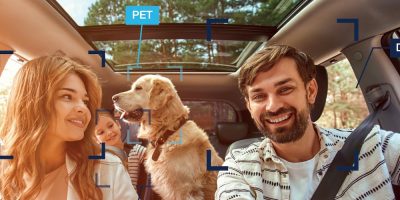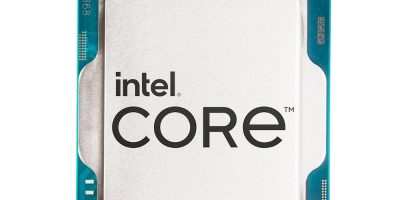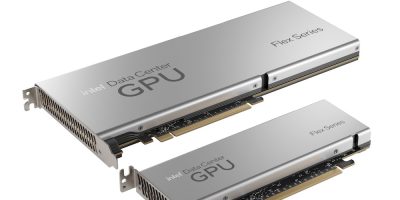In-car safety and comfort in automotives is advanced with the VD/VB1940 DMS (driver monitoring system) sensor, a hybrid sensor for interior monitoring, announced by STMicroelectronics.
Leading automotive markets start to mandate driver monitoring systems (DMS) reported STMicroelectronics. While DMS promises greater road safety by assessing driver alertness, ST said that its next-generation dual image sensor monitors the full vehicle interior, i.e., the driver and all passengers. The sensor enables new applications such as passenger safety-belt checks, vital-sign monitoring, child-left detection, gesture recognition and high-quality video/picture recording.
The image sensor uses ST’s second-generation 3D-stacked back-side illuminated (BSI) wafer technology, which maximises the optical area and on-chip processing in relation to die size. This lets the sensor perform sophisticated algorithms locally for optimal performance in both colour and near-infra-red (NIR) imaging, saving power and relieving demand for an external co-processor.
Algorithms performed on-chip include Bayer conversion and HDR merging for optimal image-quality and frame rate. On-chip Bayerisation processing enables the user to reshuffle the colour pixels of the RGB NIR 4X4 pattern into RGGB format compatible with a range of SoCs. Local processing also handles independent colour and NIR pixel-exposure optimisation for optimum image quality in both modes, as well as smart upscaling to maximise NIR image resolution by capturing extra NIR information from RGB pixels.
The VD/VB1940 sensor combines the sensitivity and high resolution of infra red sensing with high dynamic range (HDR) colour imaging in a single component. It can capture frames alternatively in rolling-shutter and global-shutter modes. With 5.1Mpixels, it captures the high dynamic range (HDR) colour images needed for an occupant monitoring system (OMS) in addition to the high-quality NIR images typically captured by standard DMS sensors. DMS uses NIR imaging to analyse driver head and eye movements in all lighting conditions.
Offered in both bare wafers (VDB1940) and packaged in BGAs (VB1940), samples are available now and mass production is planned to meet model-year 2024 vehicles being designed now.
Qualified to AEC-Q100, the VD/VB1940 is ISO 26262 compliant to facilitate use in functional-safety systems up to ASIL-B.







